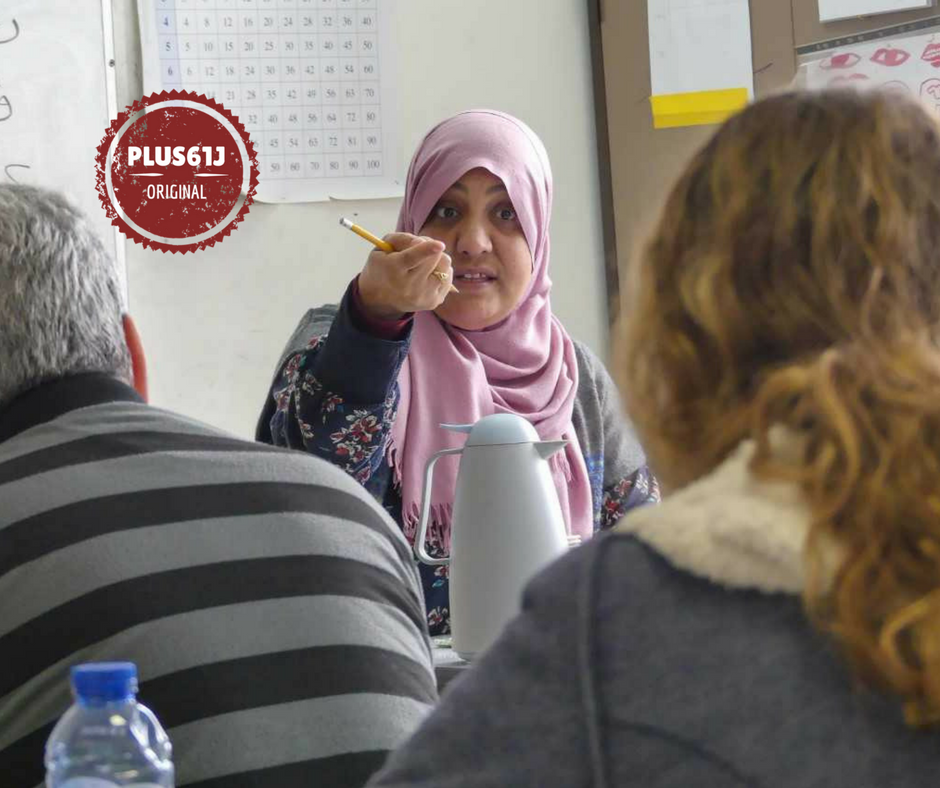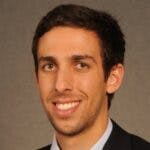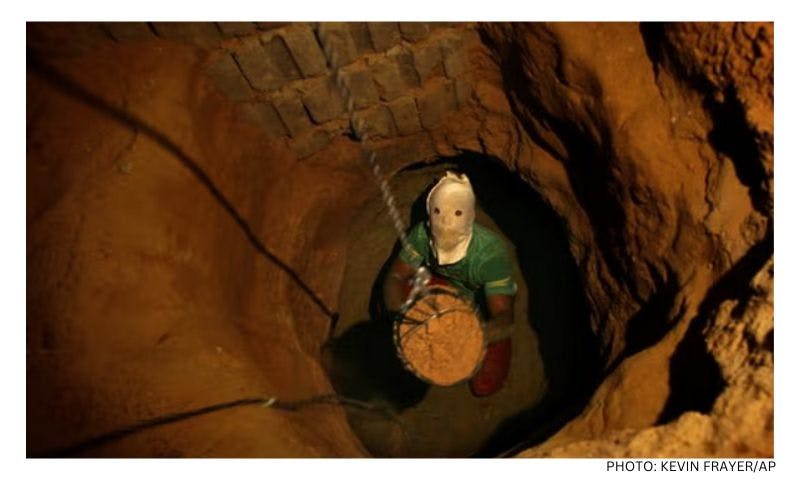Published: 2 November 2017
Last updated: 4 March 2024
“Ana hass is the same as ani hash,” says Batya Sulamy, a student from the Galilee, trying to explain how to say “I feel” in Arabic to a classmate. Arabic and Hebrew are both Semitic language and often share similar word forms and roots.
Several minutes later, Sulamy and her classmates find their seats and listen to their teacher Fatina Amash as she presents idioms in Arabic. “Your tongue is your stallion. If you take care of it, if will take care of you. If you betray it, if will betray you,” Amash says and writes on the white board in Arabic, using Arabic as well as Hebrew letters.
Gesher LeAravit, literally a bridge to Arabic, is a program in Jisr az-Zarqa that provides Jewish-Israelis with an opportunity to learn Arabic.
“I feel like I’m seeing a whole new world and I’m just a few kilometres away from my home.”
The program, which was founded in 2012, is led by four Arabic teachers from Jisr az-Zarqa as well as a program coordinator. It offers a variety of classes to Jewish-Israelis throughout the year including weekend, weeklong and a seasonal evening courses.
Orr Gilat, the program coordinator who is a former student, says Gesher LeAravit not only provides a way for Jewish-Israelis to learn Arabic, but also to immerse themselves in Arab-Israeli society. “Students learn Arabic in the classroom, but also experience it, eating at people’s homes, walking around town and meeting with youth.
The weekend Plus 61J visits Gesher LeAravit, students attend Arabic class, but also eat a meal at local family’ homes, walk around Jisr az-Zarqa and stay in its sole guesthouse in the centre of town.
[gallery columns="1" size="large" ids="15159"]
Shlomo Patya, a literature professor whose father and mother were born Egypt and Morocco respectively, says that he came to Gesher LeAravit to learn more about Arab-Israelis. “Generally speaking, most Jews in Israel don’t know anything about Arabs—not their language nor their culture,” Patya says. “I came to study here because I want to be able to communicate with them and understand their backgrounds.”
Even though Arabic is recognised as one of Israel’s official languages and 20% of its citizens are Arabs, most Israeli-Jews do not know the language. According to the Israeli newspaper Haaretz, a Tel Aviv University study in 2015 found 6.5 percent of Israeli Jews say they have good knowledge of Arabic, 2.5 percent say they recognise its letters and 1.5 percent say they can read and write in the language.
Gilat adds that another important aspect of Gesher LeAravit is that the Jewish-Israeli participants learn about Jisr az-Zarqa and the challenges it faces. According to him, the program’s curriculum includes tours which focus on such issues.
Jisr az-Zarqa, which is located north of Tel Aviv along Israel’s coast, suffers from widespread poverty and some estimates say that its the most impoverished Israeli town even though Caesarea, one of Israel’s wealthiest towns, is located to its immediate south.
“Very few Jewish-Israelis come here because they are told its dangerous,” Gilat says. “The program gives them a chance to see the reality in Jisr and the neglect it faces.”
Most Jews and Arabs in Israel live in separate communities and infrequently visit each other’s towns. In addition, years of conflict in Israel and the Palestinian territories has created a tense relationship between Jews and Arabs, where people from both sides often do not trust each other.
The lack of trust between the two groups has even affected Gesher LeAravit, especially during times of violence. Over the past couple of years, a spate of stabbing, shooting and car ramming attacks in Israel and the Palestinian territories has coincided with a sharp decrease in the number of students registering for Gesher LeAravit’s programs.
Nonetheless, for some students in the program, learning Arabic has helped them overcome their fear of fellow citizens. For example, Vivi Gold, a student from Binyamina, says that after studying Arabic, she feels more comfortable when she walks by groups of young Arab men in public places.
[gallery columns="1" size="large" ids="15158"]
Following her experience studying in Jisr az-Zarqa, Gold said she realises that the young Arab men “are just a group of youngsters…that are standing there enjoying their life.”
Despite the challenge, Gesher LeAravit is looking for ways to expand and host more Jewish-Israelis in Jisr az-Zarqa. In the coming months, the program plans to unveil a new project in cooperation with the Israeli Education Ministry, which will empower Arab youth in Jisr az-Zarqa to teach neighbouring Jewish youth Arabic as well as their town’s history.
After Amash concludes her lesson, she and her students join a local family for lunch. The table is decorated with plates of grilled eggplant and tahini, grape leaves, hummus, salad and a number of other traditional dishes.
Many of the students reflect on their experience in Jisr az-Zarqa, and one sums it up neatly. “I feel like I’m seeing a whole new world and I’m just a few kilometres away from my home.”
Main photo: Shy-Ben-Efrayim




